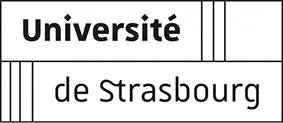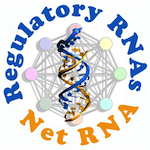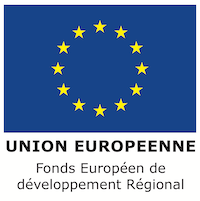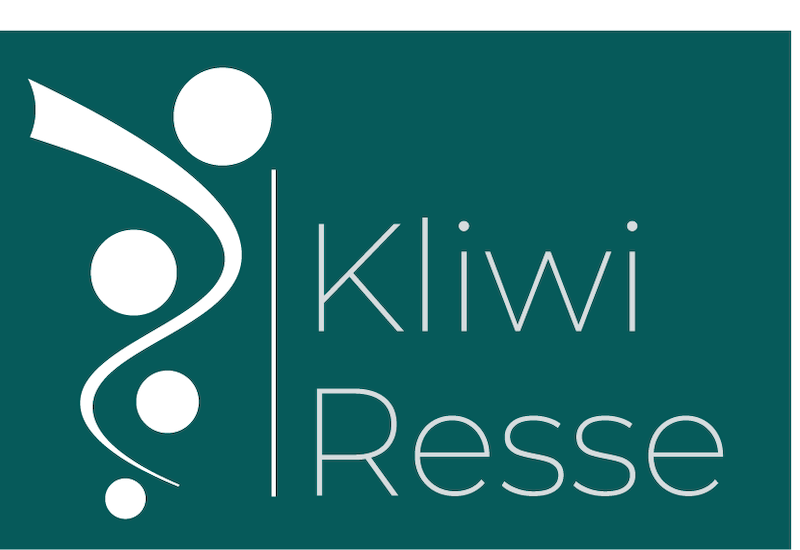Light is not just a source of energy, it is an indispensable mentor through all plant life cycle. Recent review published in Journal of Experimental Botany, reveals how light-driven signals intertwine with metabolic networks to regulate growth, defence and stress resilience. At the heart of this integration lies the Target of Rapamycin (TOR) kinase, a universal sensor of energy and nutrients. TOR decides whether a plant invests in growth or activates the defence in response to a plethora of light and metabolic cues. This work highlights the importance of the Light–TOR axis for the plant’s energy management.
This review stems from an international collaboration bringing together research teams from Wageningen University, Freiburg University, Copenhagen University and IBMP (CNRS, University of Strasbourg), where Mikhail Schepetilnikov authored the chapter dedicated to TOR signalling in plants. This section explores how TOR couples light perception with protein translation, ribosome biogenesis, and autophagy, thus proposing a unifying model of how growth, metabolism, and stress responses are coordinated in plants.
This review illuminates the remarkable adaptability of plants and points to smarter, more sustainable agriculture practices – future strategies to enhance crop productivity in the context of climate change and fluctuating environments.















